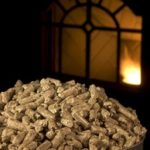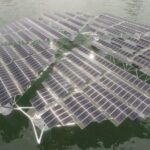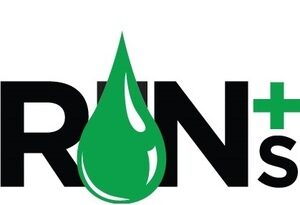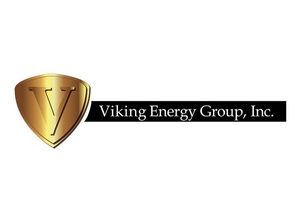DOE, Sunvapor, Oberon Fuels test solar steam, battery technology
Energy Disrupter
ADVERTISEMENT
The U.S. Department of Energy is funding a demonstration of Sunvapor’s solar steam and thermal battery technology to further lower the Carbon Intensity (CI) of the renewable dimethyl ether (DME) produced by Oberon Fuels at its Maverick Innovation Center in Brawley, California. The demonstration project will reduce the amount of natural gas currently used during production and replace it with zero-emission solar heat.
Made from renewably-sourced materials, Oberon’s rDME fuel is used by more than 450 companies seeking to reduce emissions from propane-powered vehicles including forklifts and trucks. The low-carbon fuel is blended into traditional fossil propane and stored, distributed and used in existing propane equipment and engines without modification.
Sunvapor’s solar thermal platform harnesses the solar energy to produce steam at the high temperature and pressure required by the Oberon process. More important for this demonstration, however, is the inclusion of a first-of-a-kind solar thermal battery, called a Bullet Steam Accumulator™ or BSA™ which will enable Oberon to run its process continuously – even after the sun has set. By reducing the use of natural gas, Oberon Fuels will further reduce the carbon intensity of the finished fuel.
Sunvapor has been successfully operating the country’s only industrial solar steam generating system for more than a year for a food processor in the California Central Valley. The project at Oberon extends the Sunvapor solar boiler technology platform by adding thermal energy storage.
“The 24-hour runtime environment of industrial sites such as Oberon’s presents special challenges to solar steam solutions, which is why the addition of our Bullet Steam Accumulator will be such a key component of the demonstration,” said Philip Gleckman, CEO at Sunvapor. “We look forward to showing a path towards zero-emissions industrial process heat without straining the electric grid, to help companies and industries decarbonize.”
“The demonstration of this novel solar technology at Oberon is a perfect fit for our commitment to both innovation and to continually driving down the carbon intensity of our fuels,” said Rebecca Boudreaux, Oberon’s president and CEO. “With a successful deployment here, we could incorporate Sunvapor’s technology into the numerous additional plants we have under development, enabling us to offer DME with the world’s lowest carbon footprint. We appreciate the support of the U.S. Department of Energy on this project and the State of California whose support has been critical to the development of the Maverick Innovation Center. We are proud to play a role in demonstrating the potential of such an important technology.”
“In 2020, the industrial sector accounted for 33 percent of the nation’s primary energy use and 30 percent of energy-related carbon dioxide (CO2) emissions, which is why Secretary Granholm and the Department of Energy launched the Industrial Heat Shot last year,” said Becca Jones-Albertus, acting assistant secretary for renewable energy and director of the Solar Energy Technologies Office at the U.S. Department of Energy. “This project is representative of efforts underway to develop cost-competitive solutions for industrial heat with at least 85 percent lower greenhouse gas emissions by 2035, and we look forward to a successful demonstration by Sunvapor and Oberon Fuels.”
















